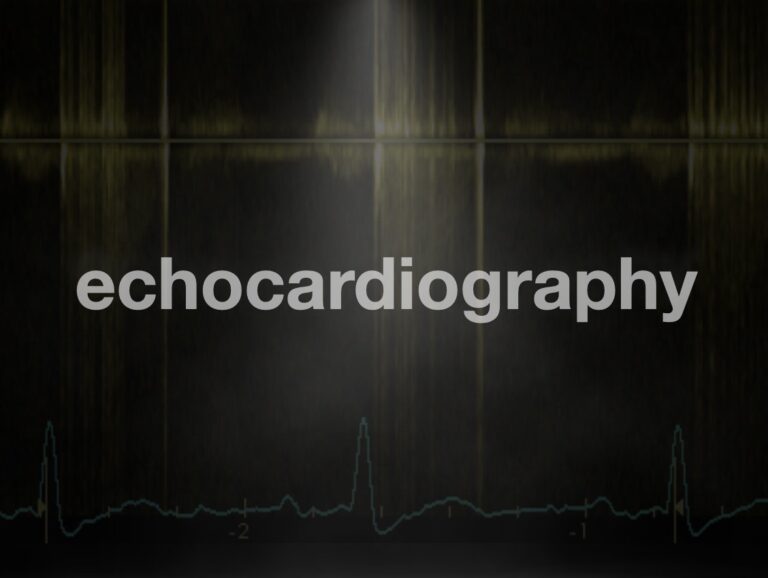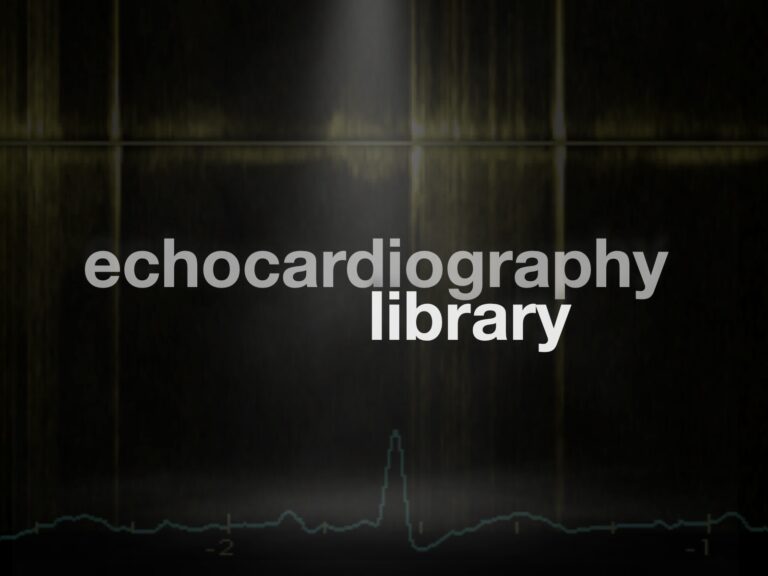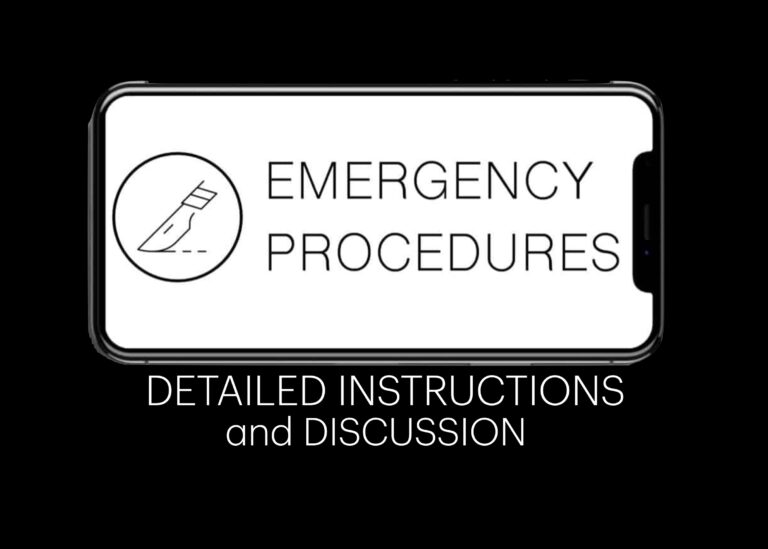
Echo basics: Valve Views
Echocardiography and valve views. Overview of valve disease and parasternal, apical and subcostal valve views with the echo probe

Echocardiography and valve views. Overview of valve disease and parasternal, apical and subcostal valve views with the echo probe

Janeway lesions; painless, haemorrhagic macules of the palms/soles linked to infective endocarditis. Edward Gamaliel Janeway (1899)

Guy Fontaine (1936–2018), pioneer of ARVD and Epsilon wave, transformed electrophysiology through innovations in cardiac pacing, mapping, and ablation.

Patient position coupled with probe placement and orientation for optimal apical and subcostal views

Moritz Roth (1839–1914), Swiss pathologist of Roth Spots. Advanced anatomical teaching and wrote a seminal biography of Vesalius, shaping modern medical historiography

Patient position coupled with probe placement and orientation for optimal parasternal long-axis (PLAX) and parasternal short-axis (PSAX) views

Echocardiography. Tips and tricks on optimising your image, making measurements, recognising artefacts and controlling infection

We can do transthoracic echocardiography (TTE) pretty much anywhere. Here are the pros and cons of 3 types of machines, how to identify the different types of probes, and what each type of probe is used for.

The Lewis lead configuration can help to detect atrial activity and its relationship to ventricular activity. Named after Welsh cardiologist Sir Thomas Lewis (1881-1945) who first described in 1913.

Emergency procedure, instructions and discussion: Pericardiocentesis. One of the most difficult and risky but life-saving emergency procedures

Emergency Procedure: Pericardiocentesis. one of the most difficult and risky emergency procedures, but one you already have the ultrasound and line skills to perform well.

André Frédéric Cournand (1895 – 1988) was a French physician and physiologist. Awarded the Nobel Prize for detailing heart catheterization